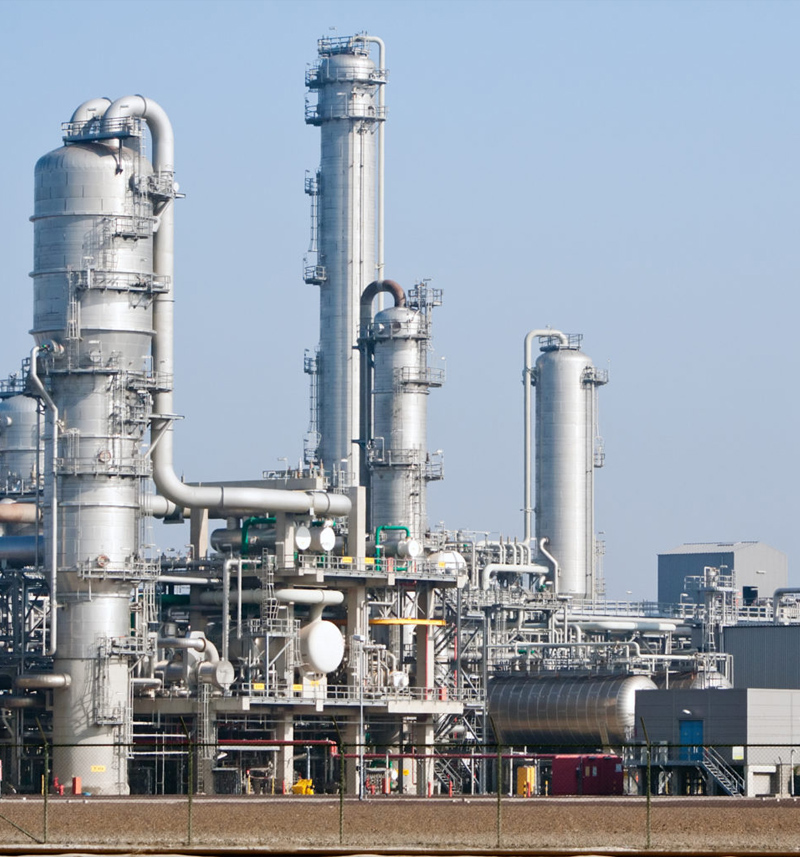
In the chemical industry, electric heat tracing is a common and important heating equipment. It is widely used in chemical industry containers, including storage tanks, pipelines, reactors, etc., for heating, insulation, and temperature control of the medium. The electric heat tracing belt converts electrical energy into thermal energy, and through direct or indirect heat exchange, compensates for the heat loss of the heated body, achieving the normal working requirements of heat tracing insulation and anti-freezing.
Electric heat tracing has been widely used in the chemical industry. It has the advantages of high efficiency, energy conservation, and environmental protection, and has become an indispensable part of the chemical industry. The heating method of electric heating can make the heating of chemical equipment more uniform, thereby improving production efficiency and product quality. In chemical production, electric heat tracing can be applied to various process processes. For example, electric heating can be used to heat the reactants in a reactor, allowing them to quickly reach the reaction temperature and maintain the reaction at that temperature, thereby increasing the reaction rate and yield. In addition, electric heating can also be used to heat viscous liquids, molten substances and other difficult to heat media, as well as in various process processes such as evaporation, drying, melting, and heating. At the same time, electric heating can also be customized according to process requirements to meet different heating needs.
Compared with traditional heating methods, electric heating has the characteristics of high efficiency and energy conservation. Electric heating can directly transfer energy to the heating object, reducing energy waste and improving energy utilization efficiency. At the same time, the heating speed of electric heating is fast, which can greatly shorten the heating time and improve production efficiency. Finally, electric heating also has the characteristic of environmental protection. Traditional heating methods often generate a large amount of pollutants such as exhaust gas and wastewater, while electric heating strips do not produce any pollutants and have no impact on the environment, meeting modern environmental protection requirements.
In summary, the application of electric heating in the chemical industry has advantages such as universality, high efficiency, energy conservation, and environmental friendliness, and has become an indispensable part of the chemical industry. With the continuous development of technology, the application of electric heating will become increasingly widespread.
